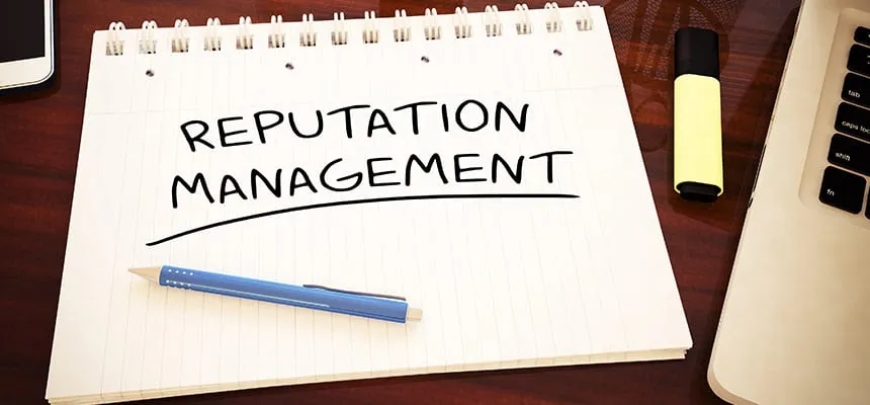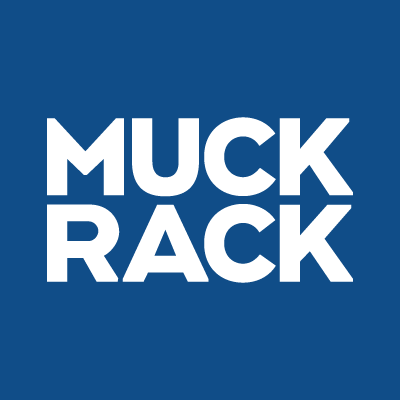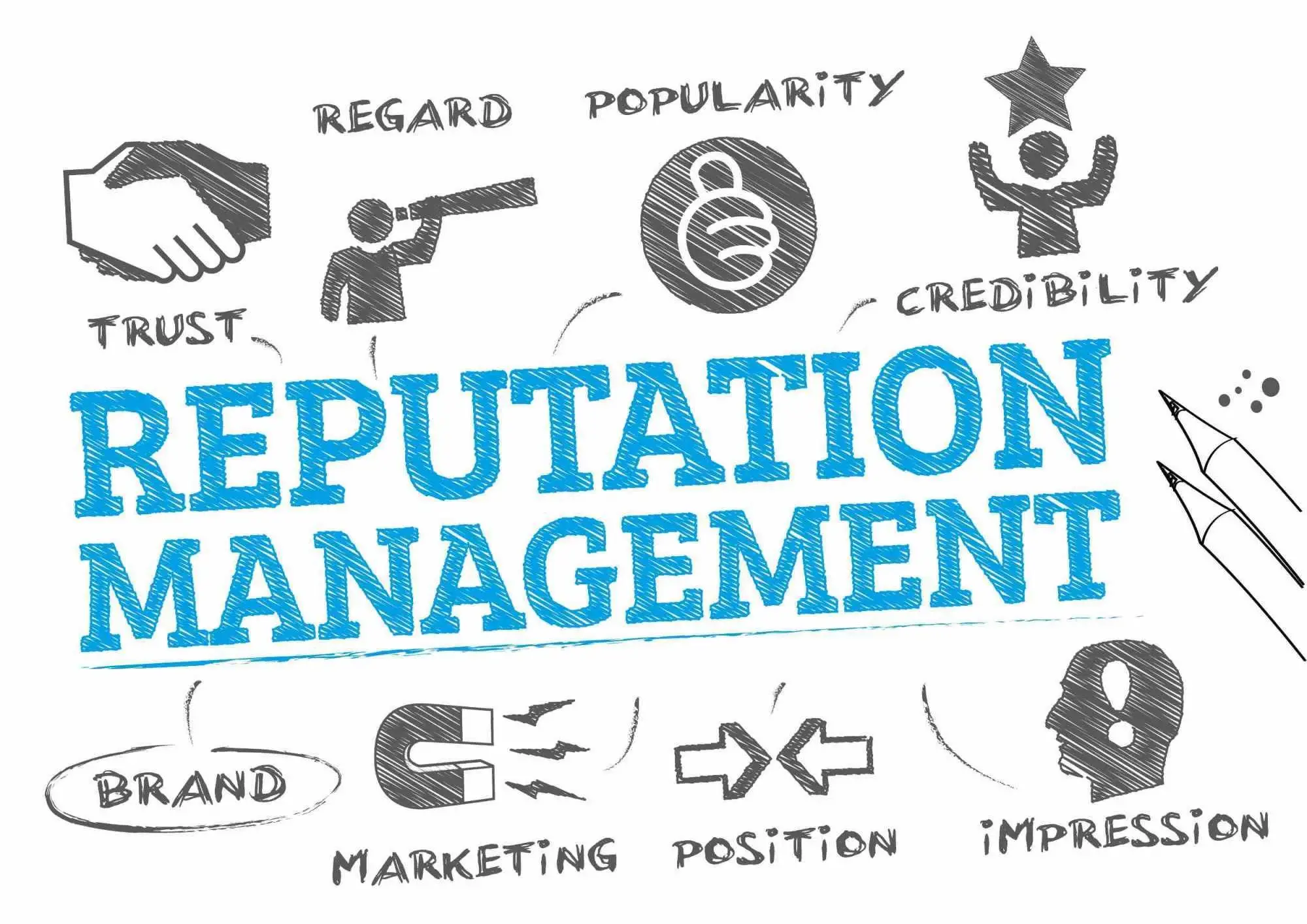How to Build a 5-Star Reputation on Autopilot
Building a 5-star reputation on autopilot requires implementing systems that consistently deliver excellent customer experiences,

Building a 5-star reputation on autopilot requires implementing systems that consistently deliver excellent customer experiences, automatically solicit feedback at optimal moments, and efficiently manage reviews across platforms. The foundation of this approach combines operational excellence with strategic automation of review generation, response management, and reputation monitoring—creating a self-sustaining cycle that continuously strengthens your brand perception without constant manual intervention.
Establishing automated reputation management saves significant time while ensuring no opportunity for positive feedback gets missed. This article explores practical strategies to build systematic processes that turn satisfied customers into vocal advocates, address negative feedback promptly, and leverage social proof to drive business growth.
Automated Review Generation Systems
The cornerstone of reputation building is consistently acquiring fresh, authentic reviews. Automated systems can dramatically increase review volume and quality by engaging customers at the right moment.
Strategic Timing for Maximum Response Rates
When you request reviews significantly impacts customer participation. Research by BrightLocal shows that timing affects review completion rates:
|
Request Timing |
Average Response Rate |
Best For |
|---|---|---|
|
Immediately after purchase |
10-15% |
Simple products, positive interactions |
|
1-3 days after delivery |
25-30% |
Physical products, services with immediate results |
|
7-14 days after service |
20-25% |
Complex services, products requiring usage time |
|
At milestone achievements |
35-40% |
Ongoing services, subscription products |
Automation platforms can trigger review requests based on specific customer actions or timeline milestones, ensuring invitations arrive when satisfaction is likely highest.
Bonus Tip: For service businesses, program review requests to send 2-3 hours after project completion meetings. This timing has been shown to increase response rates by up to 43% compared to next-day requests.
Multi-Channel Request Strategies
Different customer segments respond better to different communication channels. An effective automated system utilizes multiple touchpoints:
Email remains the most widely used channel, but SMS requests typically generate 4-6 times higher response rates. Modern reputation systems can automatically select the optimal channel based on customer communication preferences and previous engagement patterns.
Frictionless Review Submission
The easier you make the review process, the higher your completion rate will be. Consider these completion statistics based on submission complexity:
|
Review Process |
Completion Rate |
Customer Experience Impact |
|---|---|---|
|
One-click star rating + optional comment |
70-85% |
Minimal disruption, high participation |
|
Star rating + required comment |
40-55% |
Moderate friction, better quality feedback |
|
Multi-question survey + review |
15-30% |
Higher friction, comprehensive feedback |
Pre-filling review forms with customer information and using direct links to review platforms significantly reduces abandonment rates. The most effective systems require no more than 2-3 clicks from request to submission completion.
Review Management Automation
Managing the growing volume of reviews across multiple platforms requires systematic approaches to maintain consistency and quality.
Intelligent Response Templates
Response templates save time while maintaining personalization. Create a library of response frameworks for different review scenarios:
-
Positive reviews (categorized by product/service mentioned)
-
Constructive criticism (categorized by common issues)
-
Negative experiences (categorized by problem severity)
Effective automation systems can analyze review content, suggest appropriate templates, and populate personalization fields with customer-specific information. This approach reduces response time by 70-80% while maintaining an authentic feel.
Even with templates, manually add one unique element that references specific details from the review. This personal touch increases the likelihood that reviewers will perceive your response as genuine rather than automated.
Platform-Specific Management
Different review platforms require different management approaches. A comprehensive reputation system addresses these variations:
|
Platform |
Key Automation Features |
Response Priority |
|---|---|---|
|
Google Business Profile |
Review alerts, response templates, competitive monitoring |
High (24-48 hours) |
|
|
Comment/review merging, messaging integration |
Medium-High (48 hours) |
|
Industry-specific sites |
API integrations, specialized response templates |
Medium (72 hours) |
|
Third-party retailers |
Automated reporting, escalation workflows |
Medium-Low (1 week) |
According to ReviewTrackers, 53% of customers expect businesses to respond to negative reviews within a week, while 33% have higher expectations of a response within 3 days or less.
Automated Sentiment Analysis
Advanced reputation systems use natural language processing to categorize reviews based on sentiment and specific mentions:
-
Identify recurring themes in positive reviews to reinforce in marketing
-
Flag urgent issues in negative reviews for immediate attention
-
Track sentiment trends over time to measure improvement efforts
This automated analysis helps prioritize responses and identify operational issues before they become widespread problems. Companies implementing sentiment analysis typically see a 25-30% reduction in recurring negative feedback mentions.
Operational Excellence Automation
The most effective reputation management starts with operational systems that consistently deliver exceptional experiences.
Service Delivery Checkpoints
Automated quality assurance checkpoints throughout the customer journey help identify and resolve potential issues before they affect satisfaction:
-
Post-purchase confirmation and expectation setting
-
Mid-service check-ins for complex engagements
-
Delivery confirmation with usage guidance
-
Post-service follow-up for feedback collection
These checkpoints can trigger employee notifications, customer communications, or escalation protocols when predefined conditions aren't met. According to Gartner research, proactive service interventions increase customer satisfaction scores by an average of 20%.
Bonus Tip: Implement automated "recovery protocols" that trigger when service anomalies are detected. These might include expedited shipping, discount codes, or manager outreach. Successful service recovery often creates even stronger loyalty than perfect delivery.
Team Performance Monitoring
Automated performance dashboards keep team members focused on reputation-building metrics:
-
Response time tracking for customer inquiries
-
Resolution rate monitoring for support issues
-
Individual and team satisfaction scores
-
Review generation success by customer segment
When employees see direct connections between their actions and reputation metrics, behavioral changes become self-sustaining. Organizations using gamified reputation dashboards report 40-50% higher employee engagement with reputation-building activities.
Things to Consider Before Making a Decision
Before implementing automated reputation management, evaluate these critical factors:
First, assess your current operational excellence. Automation amplifies existing service quality—good or bad. If fundamental service issues exist, fix those before accelerating review generation. Remember that soliciting reviews from dissatisfied customers actively damages your reputation.
Next, review platform relevance varies significantly by industry. Focus automation efforts on the platforms most influential in your sector. For restaurants and retail, Google and Yelp typically drive the most impact. For B2B services, industry-specific directories and LinkedIn often carry more weight.
Finally, consider your response capacity. Even with automation, human oversight remains essential for reviewing flagged comments, handling complex issues, and adding personalization. Ensure your team can manage the increased review volume that effective automation typically generates.
Building Reputation Resilience
A robust reputation withstands occasional negative experiences. Automation helps build this resilience through consistent monitoring and rapid response.
A Harvard Business Review study found that businesses responding to negative reviews can increase customer advocacy by up to 25%, even if the initial problem isn't fully resolved. The key factor is response speed and perceived empathy.
Modern reputation systems can detect unusual patterns in review sentiment, alerting management to potential crisis situations before they escalate. This early warning capability allows for rapid intervention when isolated negative experiences risk becoming trending topics.
Make the Right Decision
Building a 5-star reputation on autopilot requires thoughtful implementation of systems that deliver exceptional experiences, generate authentic feedback, and manage responses efficiently. The most successful approach combines operational excellence with strategic automation that engages customers at optimal moments.
Start by identifying the weakest points in your current reputation management process. For most businesses, this involves either inconsistent review solicitation or slow response times to feedback. Implement targeted automation to address these specific challenges before expanding to more comprehensive systems. Remember that even the most sophisticated reputation automation requires human oversight to maintain authenticity and address complex situations effectively.
Focus first on delivering remarkable experiences, then use automation to ensure those experiences translate into visible social proof that attracts new customers and reinforces loyalty with existing ones.
Topic FAQ
How many reviews do businesses need to establish credibility?
Research indicates that consumers typically read 7-10 reviews before trusting a business, but the quantity threshold varies by industry and price point. High-cost services often require 10-15 reviews for credibility, while local retail may establish trust with 5-7 positive reviews. Focus on maintaining a steady flow of fresh reviews rather than reaching a specific number, as 73% of consumers consider reviews older than three months irrelevant.
Should businesses respond to all reviews or just negative ones?
Respond to all reviews when possible, prioritizing negative and neutral feedback. Responding to positive reviews increases the likelihood of repeat business and referrals by 20%, while addressing negative reviews can increase customer retention by up to 30%. If resources are limited, ensure all negative reviews receive responses within 48 hours, then address positive reviews as capacity allows.
How can small businesses compete with enterprises in review generation?
Small businesses often have advantages in review generation despite fewer resources. Their closer customer relationships typically yield higher response rates to review requests (40-50% versus 10-20% for large enterprises). Focus on personal touchpoints, emphasize the impact reviews have on your small business, and consider implementing simple automation tools specifically designed for small businesses that require minimal technical expertise.
Do incentives help generate more reviews?
While incentives increase participation, they risk violating platform policies and reducing review authenticity. Instead of direct incentives for positive reviews (which violate most platform guidelines), consider implementing a customer appreciation program that benefits all customers who provide feedback, regardless of sentiment. This approach complies with platform policies while still boosting participation rates by 15-25%.
How can businesses recover from negative review patterns?
Address operational issues first, as 87% of negative reviews stem from consistent service problems rather than isolated incidents. Implement service improvements based on feedback themes, then communicate these changes in review responses. Consider reaching out to previously dissatisfied customers to demonstrate improvements. Most importantly, increase review generation efforts after improvements are implemented to dilute negative reviews with fresh positive experiences.
Reviewer:
James Anderson has 7 years of experience in digital marketing. James reviewed this article and shared practical advice to help small businesses enhance their online presence and attract more customers.
























































































































































